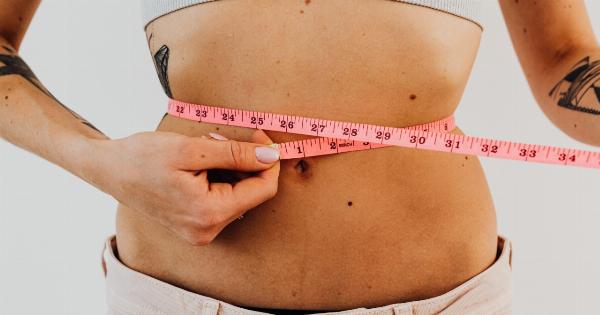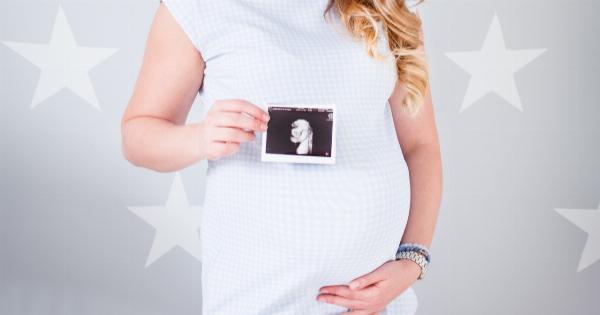Are you expecting a bundle of joy in the near future? Congratulations! Pregnancy is a beautiful and rewarding journey, but it’s important to understand the changes that happen in your body.
There are numerous changes that happen in the first, second, and third trimesters of pregnancy. By tracking these changes, you can ensure a healthy development for you and your baby. This interactive guide will provide an overview of the changes you can expect at each stage of your pregnancy.
First Trimester
The first trimester is a period of intense changes in a pregnant woman’s body. Some women may not even realize they are pregnant during this time! Here are the changes that occur:.
Hormonal Changes
During the first trimester, the hormone hCG (human chorionic gonadotropin) starts to rise in a woman’s body. This hormone is what triggers a positive pregnancy test.
As the weeks progress, other hormones such as estrogen and progesterone also increase, leading to fatigue and morning sickness.
Breast Changes
Changes in your breast can occur within a few days of conception. Breast tenderness, soreness, and swelling are common during the first trimester. Your areolas (the dark area around your nipples) may also darken and become more prominent.
Uterus Changes
As the fertilized egg implants in the uterus, the lining thickens to support the growing embryo. The uterus will also begin to stretch to accommodate the growing baby. Some women may experience mild cramping during this time.
Second Trimester
The second trimester is often referred to as the “honeymoon phase” of pregnancy. Many women’s symptoms alleviate, and they start to feel like themselves again. Here are the changes that occur:.
Fetal Growth
During the second trimester, the fetus grows rapidly. They can be felt moving around within the uterus, known as quickening. The fetus’s limbs and organs have formed, and they are growing in size and weight.
By week 20, the fetus is about the size of a banana.
Body Changes
As the uterus grows, it presses against other organs in the body, causing discomfort to the mother. Many women experience back pain, leg cramps, and heartburn. Some women also experience swelling in their extremities due to increased blood flow.
Maternal Health
Second trimester is the time when most routine prenatal tests are done. These may include blood tests, ultrasounds, and glucose screenings. Your doctor will also monitor your blood pressure, weight, and overall health.
Third Trimester
The third trimester is the final stretch, and you will be getting ready to meet your baby soon! Here are the changes that occur:.
Baby’s Position
As the baby grows, they will start to settle into a head-down position in the uterus. This is called the “occiput anterior” position and is the most optimal position for birth.
Final Preparations
The third trimester is a time for final preparations. Many women start to experience Braxton Hicks contractions, which are practice contractions that can mimic the real thing. You may also start to experience anxiety about labor and delivery.
Maternal Health
Your doctor will monitor your health closely during the third trimester. You may start to experience symptoms such as swelling, shortness of breath, and fatigue.
It’s important to continue attending your prenatal appointments and to alert your doctor if you have anything concerning.
Conclusion
Pregnancy is a time full of changes and excitement. By understanding the changes happening in your body, you can take steps to ensure a healthy pregnancy for you and your baby.
If you have any concerns or questions about your pregnancy, reach out to your doctor or healthcare provider as soon as possible.























